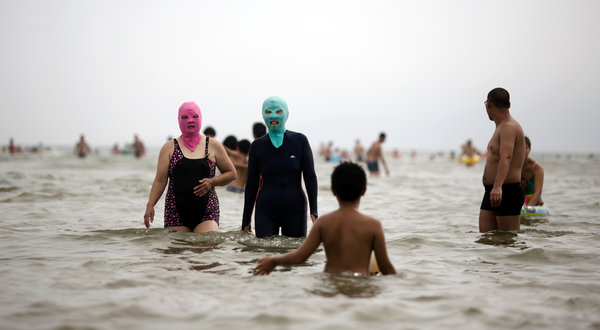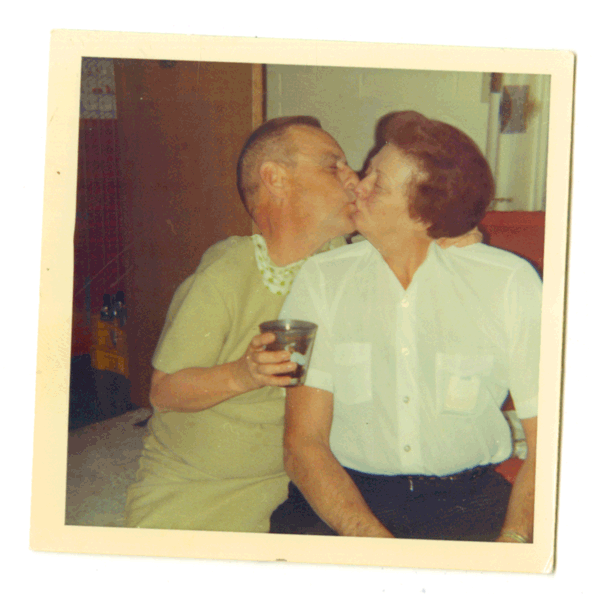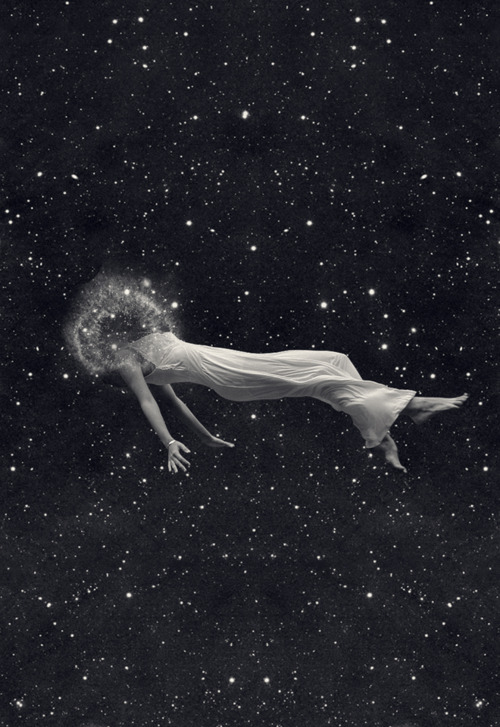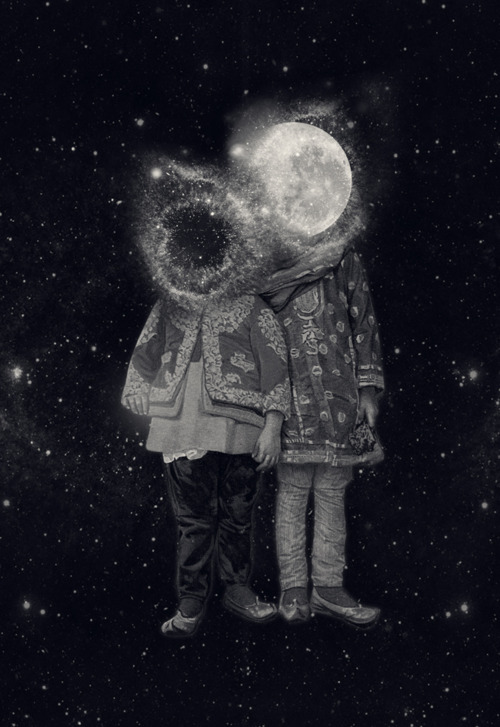Two things here. The first, from Newsfeed, breaks out some facts about swearing, courtesy of Melissa Mohr's new book Holy Sh*t: A Brief History of Swearing, out this month. Second is Sam Leith's fantastically colourful review of same. Lovely lovely language.
1. The average person swears quite a bit.
About 0.7% of the words a person uses in the course of a day are swear words, which may not sound significant except that as Mohr notes, we use first-person plural pronouns — words like we, our and ourselves — at about the same rate. The typical range, Mohr says, goes from zero to about 3%. What would it be like to have a conversation with a three-percenter? “That would be like Eddie Murphy,” Mohr says. Presumably from Eddie Murphy Raw, not from Shrek Forever After.
2. Kids often learn a four-letter word before they learn the alphabet.
Mohr’s work incorporates research by Timothy Jay, a psychology professor at the Massachusetts College of Liberal Arts, who uncovered the 0.7% statistic above and has also charted a rise in the use of swear words by children — even toddlers. By the age of two, Mohr says, most children know at least one swear word; it really “kicks off” around the ages of three or four.
3. Some of today’s most popular swear words have been around for more than a thousand years.
“S— is an extremely old word that’s found in Anglo-Saxon texts,” Mohr says. What English-speakers now call asses and farts can also be traced back to the Anglo-Saxons, she adds, though in those times the terms wouldn’t have been considered as impolite as they are today.
4. The ancient Romans laid the groundwork for modern day f-bombs.
There are two main kinds of swear words, says Mohr: oaths—like taking the Lord’s name in vain—and obscene words, like sexual and racial slurs. The Romans gave us a model for the obscene words, she says, because their swearing was similarly based on sexual taboos, though with a different spin. “The Romans didn’t divide people up [by being heterosexual and homosexual],” she says. “They divided people into active and passive. So what was important was to be the active partner.” Hence, sexual slurs were more along the lines words like pathicus, a rather graphic term which basically means receiver.
5. In the Medieval era, oaths were believed to physically injure Jesus Christ.
In the Middle Ages, Mohr says, certain vain oaths were believed to actually tear apart the ascended body of Christ, as he sat next to his Father in heaven. Phrases that incorporated body parts, like swearing “by God’s bones” or “by God’s nails,” were looked upon as a kind of opposite to the Catholic eucharist—the ceremony in which a priest is said to conjure Christ’s physical body in a wafer and his blood in wine.
6. However, obscene words were no big deal.
“The sexual and excremental words were not charged, basically because people in the Middle Ages had much less privacy than we do,” Mohr explains, “so they had a much less advanced sense of shame.” Multiple people slept in the same beds or used privies at the same time, so people observed each other in the throes of their, er, natural functions much more frequently — which made the mention of them less scandalous.
7. People in the “rising middle-class” use less profanity.
“Bourgeois people” typically swear the least, Mohr says. “This goes back to the Victorian era idea that you get control over your language and your deportment, which indicates that you are a proper, good person and this is a sign of your morality and awareness of social rules,” she explains. The upper classes, she says, have been shown to swear more, however: while “social strivers” mind their tongues, aristocrats have a secure position in society, so they can say whatever they want — and may even make a show of doing so.
8. Swearing can physiologically affect your body.
Hearing and saying swear words changes our skin conductance response, making our palms sweat. One study, Mohr notes, also found that swearing helps alleviate pain, that if you put your hand in a bucket of cold water, you can keep it in there longer if you say s— rather than shoot. Which is a good piece of info to have next time you’re doing a polar bear plunge.
9. People don’t use cuss words just because they have lazy minds.
Mohr discusses the myriad social purposes swearing can serve, some nasty and some nice. “They definitely are the best words that you can use to insult people, because they are much better than other words at getting at people’s emotions,” she says. Swear words are also the best words to use if you hit your finger with a hammer, because they are cathartic, helping people deal with emotion as well as pain. And studies have shown that they help people bond — like blue-collar workers who use taboo terms to build in-group solidarity against management types. When asked if the world would be better off if everyone quit their cussing, Mohr answers with a four-letter word of her own: “Nope.”
++++
EDIT: Sam Leith wrote a cracking review of the same book:
It's wonderful stuff, swearing. It stiffens the sinews and summons up the blood, and not just metaphorically. Obscenities actually do act on us physiologically. Swearing increases electrical conductance across the skin, pushes the heart rate higher and measurably increases resistance to pain.
Obscenities are also linguistically interesting in themselves: the more currency they have, the more their emotional colouring and the associations they trigger overwhelms what they actually mean. "Fucking", these days, only rarely means "having sex". And they become marvellously plastic, grammatically.
Swearing doesn't just mean what we now understand by "dirty words". It is entwined, in social and linguistic history, with the other sort of swearing: vows and oaths. Consider for a moment the origins of almost any word we have for bad language – "profanity", "curses", "oaths" and "swearing" itself .
Melissa Mohr's title, then, is more than just an attention-grabber: the history of swearing is one of a movement back and forth between the holy and the shit. At different times in the history of the west, the primary taboo has been to do either with God, or with the functions of the human body. (The latter, though, does subdivide in a meaningful way between the sexual and the excremental. Really, this book should have been called "Holy Fucking Shit".)
Though Mohr is mainly interested in English, she is generous in roping in examples from outside it. A helpful and interesting chapter on ancient Roman filth does much to sketch the background, too. How do we know what was obscene in a dead language? By literary genre, essentially: if it was written on the toilet wall but didn't appear in satire, it was likely to be properly rude. English has a "Big Six": "cunt", "fuck", "cock", "arse", "shit" and "piss" (though Mohr plausibly suggests that "nigger" should now be in there). The Romans had a "Big 10": cunnus (cunt), futuo (fuck), mentula (cock), verpa (erect or circumcised cock), landica (clitoris), culus (arse), pedico (bugger), caco (shit), fello (fellate) and irrumo (er, mouth-rape).
So the Romans, like us, had a primary relationship between the body and the idea of obscenity – though their sexual schema was a little different, with shame attaching, above all, to sexual passivity. Sexual obscenity also, to complicate things, had a sacramental function – as witness the fruity ways of the god Priapus. Some of that shit was holy.
In medieval times, though, the emphasis was all on the holy. Common words for places and things contained vulgarities regarded as quite innocuous. London and Oxford both boasted a "Gropecuntelane", which is where the prostitutes hung out, and if you visited a country pond "there would've been a shiterow in there fishing, a windfucker flying above, arse-smart and cuntehoare hugging the edges of the pond, and pissabed amongst the grass". At the same time it's hard to recapture quite how shocking medieval people would find a vain oath.
Christianity was founded on oaths and covenants – as was the whole dispensation of feudal society. To swear an oath was to compel God to pay attention to your promise – and to do so in vain was to dishonour God and risk eternal damnation. Indeed, it was believed that if you swore on God's body – "'sblood!"; "God's bones!"; "by Christ's nails!" – you physically spilled his blood, broke his bones and tore out his nails in heaven.
Mohr credits the decline in the importance of oath-swearing to the rise of the merchant classes. Feudal society's scheme of estates was bound by chains of oaths between lords and vassals, right up to the king. Capitalism moved us from oaths to contracts: the oath before God became less important than keeping your word to business partners – and you didn't need eschatological terror to enforce that. Plus, there's the dry, old complaint that swearing constantly "devalues the currency". Between 1640 and 1660, around the civil war, men might have to swear as many as 10 conflicting oaths of loyalty if they wanted to keep their heads attached to their necks.
At the same time, something else was going on: the idea of privacy. In an age when everybody pissed and shat in public, and sex would as like as not take place in a room or even a bed shared with others, taboos around bodily functions weren't all that strong. Chaucer's "swiving", "toords", "queyntes" and "erses" were vulgar and direct, but they weren't obscene. One word was regarded in the late-18th and 19th centuries as so shocking that it was variously rendered "inexpressibles", "indescribables", "etceteras", "unmentionables", "ineffables", "indispensables", "innominables" "inexplicables" and "continuations". That word? "Trousers."
How things change. By the first world war, soldiers swore so much that the word "fucking" came to function as no more than "a warning that a noun is coming". Now even the extremest obscenities have lost their power to shock. In Irvine Welsh's novels, for instance, "cunt" is more or less a synonym for "bloke". It is telling that, where for the Romans the genitals were veretrum or verecundum ("parts of awe" or "parts of shame"), "in today's American slang, the genitalia are devalued as 'junk'".
The only actually taboo language is that of racial insult. Words like "wop", "kike" and "yid" (though not, interestingly, "nigger") were intended to give offence from the off – but only to those on the receiving end. As Mohr writes, the idea that everybody should find them offensive is a relative innovation. Not, it should be said, a bad one.
Mohr's scholarship seems to be sound and her approach positively twinkles with pleasure and amusement. She gives her chapters headings such as "Shit, That Bloody Bugger Turned Out To Be A Fucking Nackle-Ass Cocksucker!", and she's not above finding it funny that a paper on urinary incontinence was co-authored by Splatt and Weedon.
I'd like Mohr's account to have tipped a wink to Viz comic's monumental and still-growing Profanisaurus. Her argument might have been strengthened, too, by reminding us that Eric Cartman, in South Park: Bigger, Longer and Uncut, saves the world from Satan and Saddam Hussein with the words: "Fuck, shit, cock, ass, titties, boner, bitch, muff, pussy, cunt, butthole, Barbra Streisand!"
But here I pick nits. This is a cracking fucking book, and innominables to anyone who says otherwise.

























